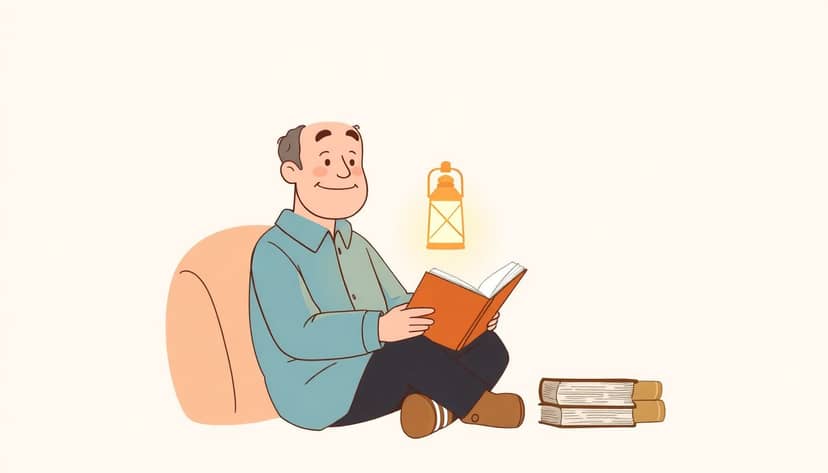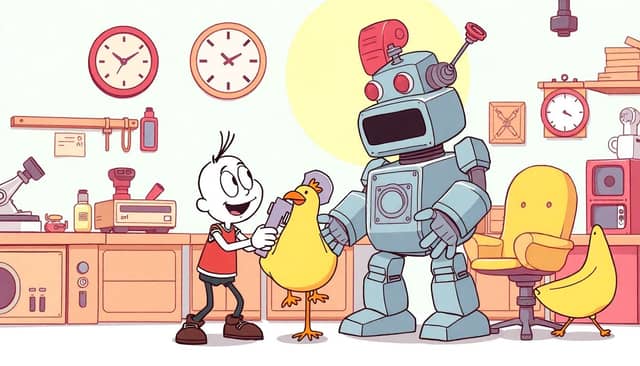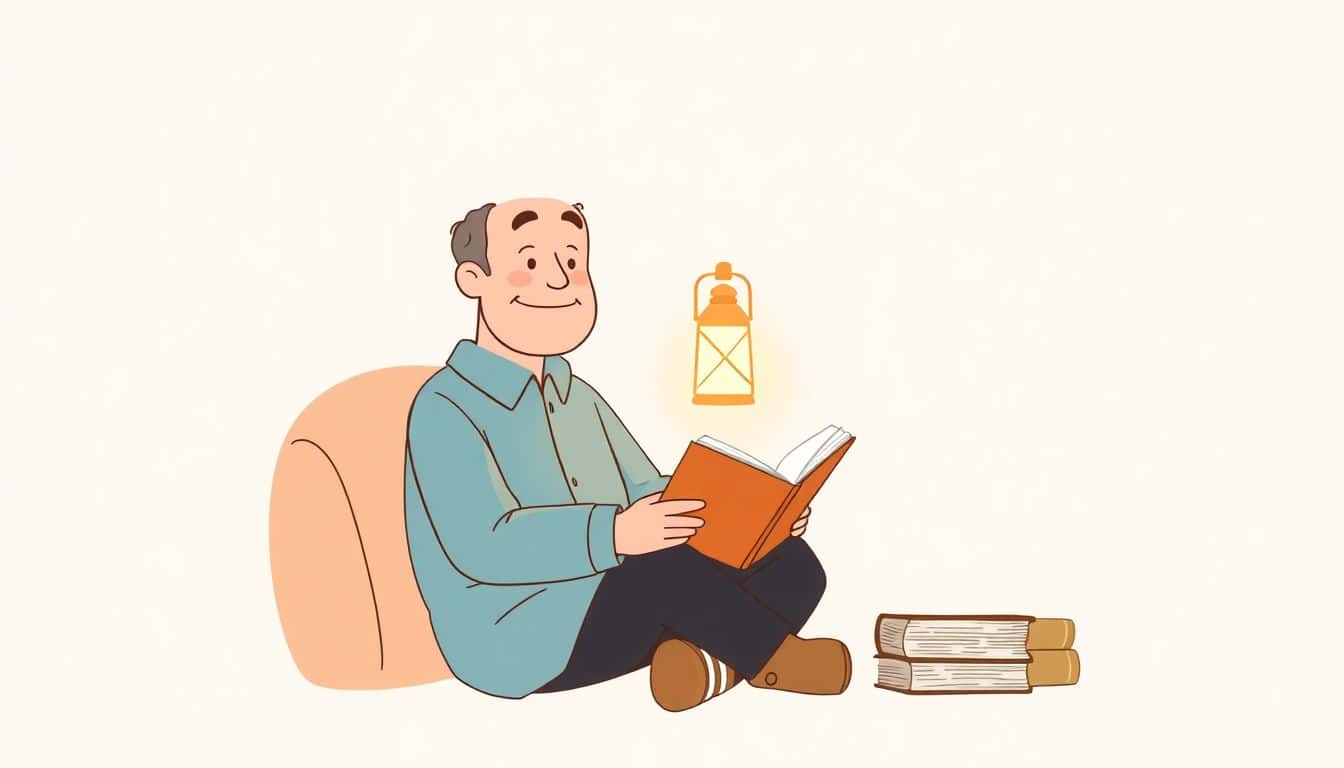Table of Contents
If you’ve ever struggled to make people laugh with your stories, you’re not alone. Writing funny fiction can feel like trying to catch lightning — tricky but incredibly rewarding when it hits. Keep reading, and I promise to share simple tips to help you craft humor that makes readers grin, chuckle, or even burst into laughter. It’s easier than you think when you understand the secrets behind good comedy in storytelling.
By the end, you’ll know how to create funny openings, develop characters that bring the humor, and use silly situations that stick with your readers. Plus, you’ll learn how to play with timing, weirdness, and word choices to make your humor feel fresh and natural. Ready to turn your ideas into hilarious stories? Let’s get started!
Key Takeaways
Key Takeaways
- Start your story with a funny or surprising opening to grab attention and set a playful tone.
- Know your audience and genre to tailor jokes and humor styles that will really make them laugh.
- Create characters with quirks and flaws that naturally generate humor through their reactions and habits.
- Use funny dialogue and vivid descriptions to make scenes lively and memorable.
- Add visual humor with props or funny situations that readers can vividly imagine.
- Experiment with satire and parody to poke fun at common tropes and add cleverness to your humor.
- Pay attention to pacing and timing—short sentences and well-placed surprises heighten comedic effect.
- Draw inspiration from existing humor sources while giving your unique twist to keep it fresh and authentic.
- Edit your work carefully, removing anything that dilutes the joke or slows down the punchline for maximum laughs.

1. Grab Readers with Clear, Funny Opening
The first few lines of your story are your chance to hook your reader’s attention instantly. Start with a funny or surprising statement that makes them want to read more. For example, opening with a quirky observation or an unexpected twist can set the tone and make people smile right away.
Using humor early on helps establish your voice and invites readers into a relaxed, fun mindset. Think of it like cracking a joke at the beginning of a conversation—that makes everyone comfortable and eager to keep listening.
For instance, try opening with something like, “I never believed in luck—until I accidentally became a professional procrastinator.” It’s simple, relatable, and makes the reader curious about what comes next.
2. Know Your Genre and Audience
Before writing humor, it’s crucial to understand who you’re talking to and what kind of comedy fits your genre. Are you aiming for lighthearted fun in a romantic story or dark humor in a horror tale? Knowing your audience helps you craft jokes they’ll actually enjoy and relate to.
For example, humor in children’s books often relies on slapstick, silly words, and funny animals, while adult fiction might use wit, irony, or satire. Tailoring your humor keeps your writing relevant and engaging.
Another tip is to keep an eye on popular trends and what makes your target demographic laugh. Read current bestsellers in your genre or check out online communities like [Reddit’s humor sub](https://www.reddit.com/r/funny/) for inspiration.
3. Write Characters That Make People Laugh
Funny characters are the heart of humorous fiction. Create personalities that have quirks, flaws, and hilarious habits. A grumpy detective who can’t solve anything or a clumsy alien trying to fit in can generate big laughs.
To make characters more relatable, give them funny weaknesses or relatable flaws. Maybe your hero is overly confident but always messes things up, or your sidekick uses weird slang that’s a bit too clichéd.
Humor often comes from how characters react to situations. So, think about how they’d respond in humorous ways—sometimes a witty retort or a silly mistake is all it takes to turn a scene into comedy gold.

9. Incorporate Humor into Dialogue and Descriptions
Letting your characters share funny lines or quirky thoughts makes conversations feel authentic and humorous.
Adding witty banter or humorous descriptions can turn an ordinary scene into a memorable laugh-inducing moment.
For example, describing a character tripping over their own feet with a playful remark can evoke genuine smiles from readers.
Think about how your characters would realistically react with some humor—this authenticity adds layers to your story’s comedy.
10. Use Visual Humor and Props
Sometimes, a funny visual element can pack a punch—think funny costumes, awkward setups, or amusing objects.
Describe these scenes in a way that makes readers visualize the humor vividly, almost like a comic strip.
For example, a character trying to fix a malfunctioning robot with a hammer instead of a screwdriver instantly creates a funny mental image.
Props or physical comedy can be really effective, especially if they highlight your story’s overall tone.
11. Experiment with Satire and Parody
Using satire or parody allows you to poke fun at popular tropes, clichés, or societal norms within your genre.
For instance, a parody of the typical love triangle can give your story a fresh humor edge that also critiques common storytelling pitfalls.
Keep in mind, satire works best when it’s clever and respectful—not mean-spirited.
By gently mocking stereotypes or overused plot devices, you create humor that’s smart and memorable.
12. Incorporate Humor Through Pacing and Structure
Timing is everything—short, punchy sentences or quick scene changes can build comedic tension.
Use pauses or unexpected shifts in your story to deliver punchlines or surprise moments that make readers laugh.
Don’t be afraid to break the flow intentionally—like ending a scene with a funny twist or using cliffhangers that tease humor for the next part.
Experiment with paragraph length and rhythm to keep your comedic timing sharp and engaging.
13. Draw Inspiration from Existing Humor and Trends
Look at popular comedy writers, comedians, or funny social media posts for ideas and style insights.
Pay attention to what makes you laugh and analyze why—that’s the secret sauce you can adapt to your own voice.
Also, incorporating current trends or memes can make your humor feel fresh and relevant, especially if you target a modern audience.
Just be sure to put your own spin on these ideas so your humor stays genuine and distinct.
14. Edit for Clarity and Impact
Humor often depends on clarity—make sure your jokes or funny moments aren’t buried or explained too long.
Read your work out loud to catch awkward phrasing or timing issues that may dilute the humor.
Ask beta readers or friends for honest feedback on what gets a laugh and what falls flat—sometimes what’s funny to you isn’t to others.
Sharpen your funny scenes by removing unnecessary words and tightening the pacing for maximum comedic effect.
FAQs
A funny and clear opening hooks readers’ interest immediately, making them want to continue reading. It sets the tone and invites curiosity, which helps keep your audience engaged from the start.
Knowing your genre and audience helps you tailor humor that resonates. It ensures your jokes hit the right tone and avoid missteps, making your content both funny and appropriate for the target readers.
Create characters with exaggerated traits and humorous quirks. Use their personalities to generate funny situations and dialogue that make readers smile or laugh out loud.
Think outside common scenarios—use unexpected twists or contradictions. Personal experiences or observations can spark unique ideas that feel fresh and amusing to your audience.



